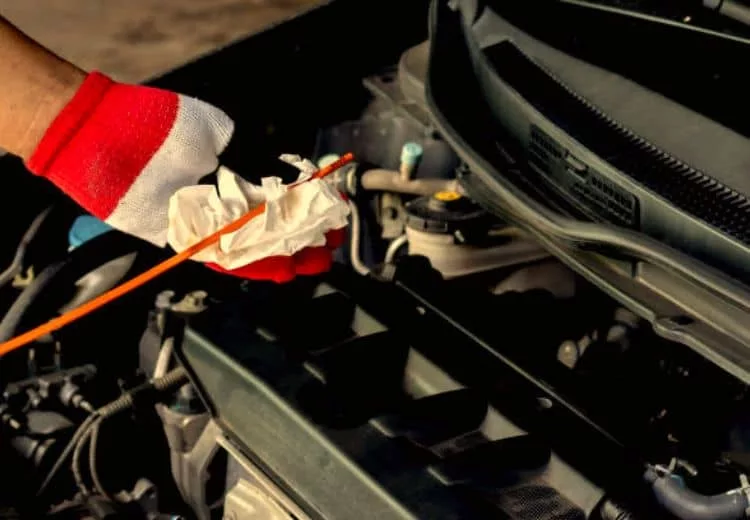Many drivers understand the importance of periodically checking their oil levels and adhering to a routine oil change schedule. But what about transmission fluid? Does it warrant the same level of attention and care?
In short, no, it does not demand the same level of maintenance. Most manufacturers recommend changing the transmission fluid only if your vehicle falls under the category of “severe use.” If you typically drive under normal conditions – without towing heavy loads, hauling substantial cargo, or engaging in regular drag racing – chances are you won’t need to change your transmission fluiid.
In fact, many modern vehicles feature sealed transmission units, rendering it impossible for owners to check the transmission fluid themselves. The fluid level can only be assessed and changed by professionals in a garage setting.
However, if you’ve noticed any unusual behaviour from your vehicle, such as hesitations during gear shifts (even in automatic transmissions) or unfamiliar noises during gear changes, it’s wise to check your transmission fluiid level. This process is simple and doesn’t cost a thing.
How to Check Your Transmission Fluid
 Park your vehicle on a level surface and open the hood. Locate the transmission fluid dipstick, usually positioned near the firewall between the engine and the passenger compartment. It resembles the oil dipstick but is typically yellow. (Refer to your owner’s manual for confirmation of the presence of a transmission dipstick.) Keep the hood open.
Park your vehicle on a level surface and open the hood. Locate the transmission fluid dipstick, usually positioned near the firewall between the engine and the passenger compartment. It resembles the oil dipstick but is typically yellow. (Refer to your owner’s manual for confirmation of the presence of a transmission dipstick.) Keep the hood open.
1. Start the engine and engage the parking brake. (Some vehicles require checking transmission fluid levels with the engine off, so consult your owner’s manual.)
2. Slowly shift through all gears – park, reverse, drive, and low (in automatic transmissions) – and return to the park position.
3. Carefully remove the transmission dipstick, wipe it clean with a cloth, and reinsert it into the dipstick tube.
4. Remove the dipstick again to examine the transmission fluide level. The dipstick may feature two “full” lines, one for warm fluid and one for cold. If your vehicle has been running for only a short time, the fluid is still cold.
5. If the fluid level appears low, use a funnel to add more transmission fluid.
6. Put back the transmission dipstick and turn off the engine.
For added assurance regarding the proper transmission fluid level, you can drive for a few minutes to bring the engine to its normal operating temperature and check the fluid again. This will indicate the “warm” fluid level.
Adding Transmission Fluid
If your transmission fluid level is indeed low, proceed to add the appropriate type of transmission fluiid designed for your specific vehicle. Keep in mind that manual transmissions, automatic transmissions, and continuously variable transmissions each require different types of transmission fluide.
It’s crucial to remember that in modern vehicles, you shouldn’t have to deal with transmission fluide for thousands of miles. If you find that the level is low, there’s likely a leak or a malfunction in your transmission. Adding fluid at this stage is essential to prevent further damage to your transmission system, and it’s advisable to schedule an appointment with an automotive shop or your mechanic for further diagnosis and repairs.










